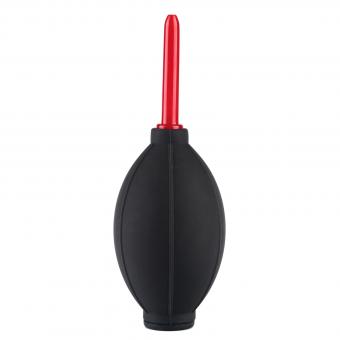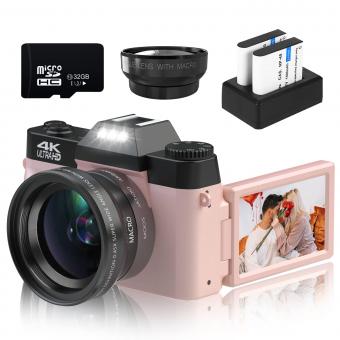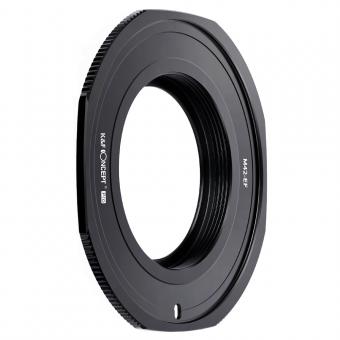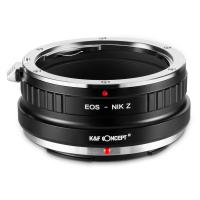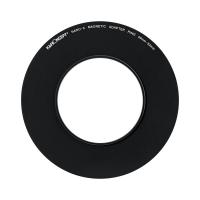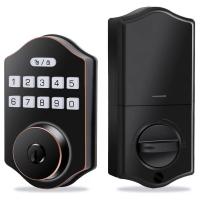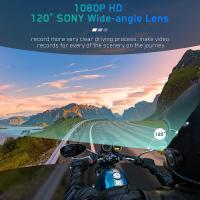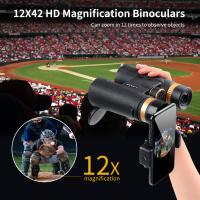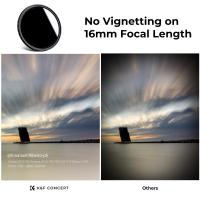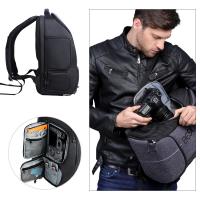How To Choose A Digital Slr Camera Lens ?
When choosing a digital SLR camera lens, there are several factors to consider. First, consider the type of photography you will be doing and the focal length you need. If you will be shooting portraits, a lens with a focal length of 50mm or higher is recommended. For landscape photography, a wide-angle lens with a focal length of 24mm or lower is ideal.
Next, consider the aperture of the lens. A wider aperture (lower f-number) allows for more light to enter the lens, which is useful in low-light situations and for creating a shallow depth of field. However, lenses with wider apertures tend to be more expensive.
Also, consider the brand and compatibility with your camera. Different camera brands have their own lens mounts, so make sure the lens you choose is compatible with your camera. Additionally, some camera brands have a wider selection of lenses than others, so research the available options before making a purchase.
Finally, consider the build quality and price of the lens. Higher quality lenses tend to be more expensive, but they also offer better image quality and durability. It's important to find a balance between quality and price that fits your budget and needs.
1、 Focal Length Range
How to Choose a Digital SLR Camera Lens: Focal Length Range
When it comes to choosing a digital SLR camera lens, one of the most important factors to consider is the focal length range. The focal length of a lens determines its angle of view and magnification, and different focal lengths are better suited for different types of photography.
The first thing to consider is the type of photography you will be doing. If you are interested in landscape or architectural photography, a wide-angle lens with a focal length of 10-24mm would be ideal. For portrait photography, a medium telephoto lens with a focal length of 85-135mm would be a good choice. For wildlife or sports photography, a telephoto lens with a focal length of 200-400mm would be necessary to capture distant subjects.
Another factor to consider is the aperture of the lens. A wider aperture (lower f-number) allows for more light to enter the lens, which is important for low-light situations and creating a shallow depth of field. However, lenses with wider apertures tend to be more expensive.
It is also important to consider the brand and compatibility of the lens with your camera. Different camera brands have their own lens mounts, so it is important to choose a lens that is compatible with your camera.
In recent years, there has been a trend towards zoom lenses with a wider focal length range, such as 18-300mm or 24-105mm. These lenses offer versatility and convenience, but may sacrifice image quality compared to prime lenses with a fixed focal length.
Overall, choosing a digital SLR camera lens with the right focal length range is crucial for capturing the type of photography you are interested in. Consider your needs and budget, and do your research to find the best lens for your camera.
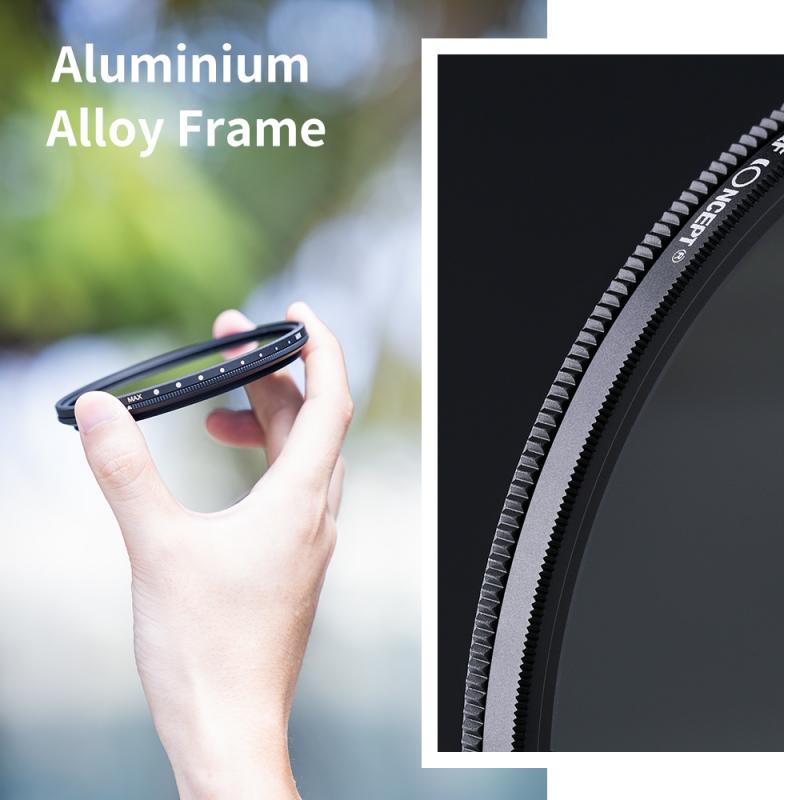
2、 Aperture
How to choose a digital SLR camera lens? One important factor to consider is the aperture. The aperture refers to the opening in the lens that allows light to enter the camera. It is measured in f-stops, with lower numbers indicating a larger aperture and higher numbers indicating a smaller aperture. A larger aperture allows more light to enter the camera, which is useful in low-light situations and for creating a shallow depth of field.
When choosing a lens based on aperture, it is important to consider your shooting needs. If you frequently shoot in low-light situations or want to create a shallow depth of field, a lens with a larger maximum aperture (lower f-stop number) is ideal. However, lenses with larger apertures tend to be more expensive and heavier.
It is also important to consider the type of photography you will be doing. For example, portrait photographers often prefer lenses with a wide aperture to create a blurred background and draw attention to the subject. Landscape photographers, on the other hand, may prefer a smaller aperture to capture more detail in the scene.
In recent years, there has been a trend towards lenses with even larger apertures, such as f/1.2 or f/1.4. These lenses can produce stunning images with a very shallow depth of field, but they can also be very expensive and heavy.
Ultimately, the aperture is just one factor to consider when choosing a digital SLR camera lens. Other factors to consider include focal length, image stabilization, and lens compatibility with your camera body.
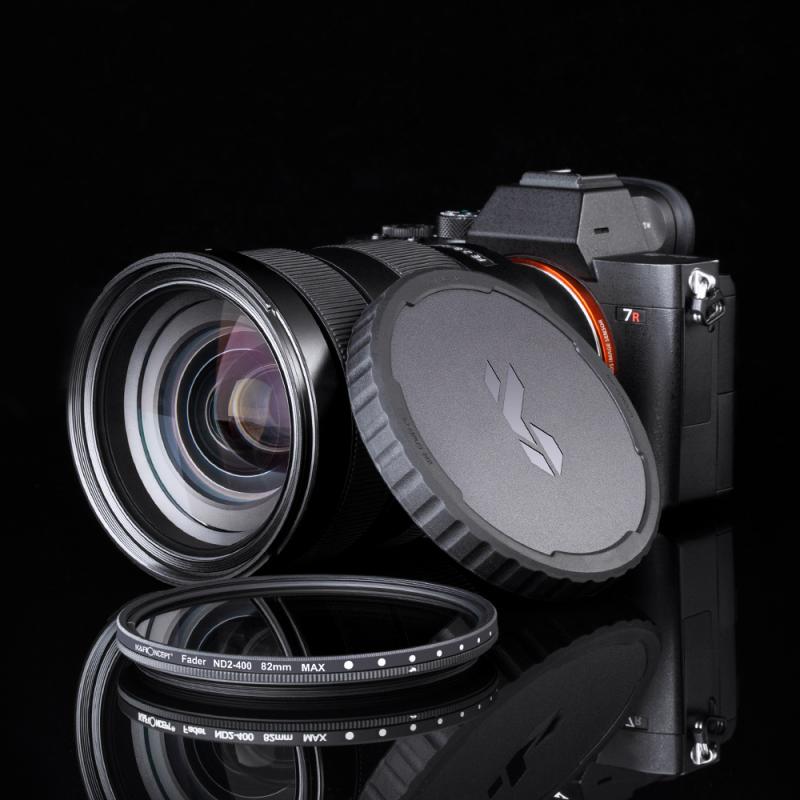
3、 Image Stabilization
How to Choose a Digital SLR Camera Lens:
Choosing the right lens for your digital SLR camera can be a daunting task, especially if you are new to photography. Here are some tips to help you choose the right lens for your needs:
1. Determine your needs: Before you start shopping for a lens, you need to determine what type of photography you will be doing. Will you be shooting portraits, landscapes, or sports? Each type of photography requires a different type of lens.
2. Consider the focal length: The focal length of a lens determines how much of the scene you can capture. A shorter focal length is ideal for wide-angle shots, while a longer focal length is better for telephoto shots.
3. Look for Image Stabilization: Image stabilization is a feature that helps reduce camera shake, resulting in sharper images. This feature is especially important if you plan on shooting in low light conditions or using a telephoto lens.
4. Consider the aperture: The aperture of a lens determines how much light it can let in. A wider aperture is better for low light conditions and for creating a shallow depth of field.
5. Check the compatibility: Make sure the lens you choose is compatible with your camera. Not all lenses are compatible with all cameras.
6. Read reviews: Before making a purchase, read reviews from other photographers to get an idea of the lens's performance and quality.
In addition to these tips, it's important to keep up with the latest developments in lens technology. For example, some newer lenses now feature autofocus systems that are faster and more accurate than ever before. Additionally, some lenses now feature built-in Wi-Fi, allowing you to easily transfer photos to your computer or mobile device. By staying up-to-date on the latest lens technology, you can ensure that you are getting the best possible results from your digital SLR camera.
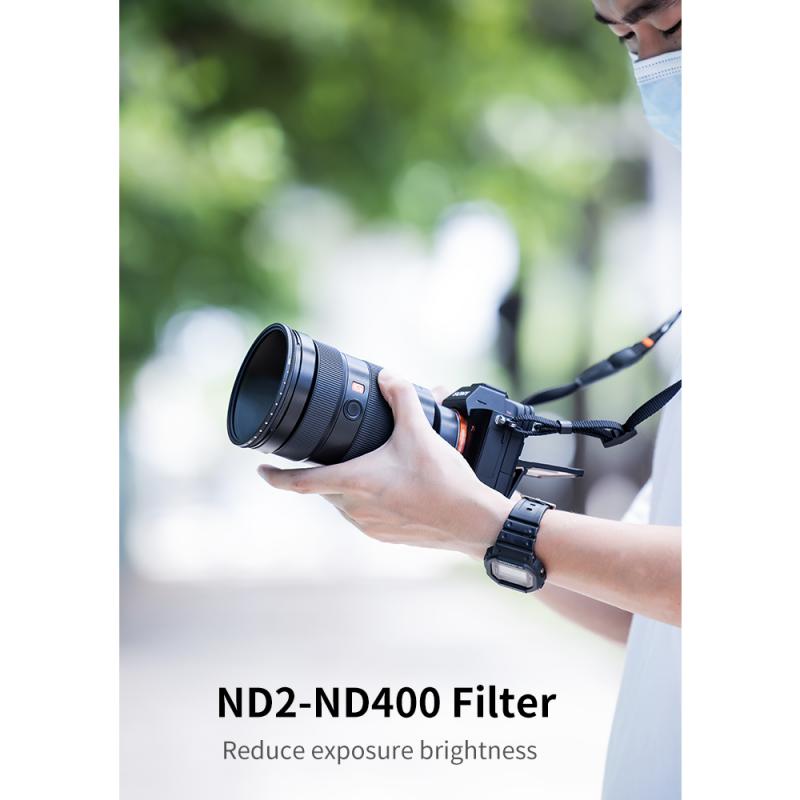
4、 Autofocus System
How to choose a digital SLR camera lens? One of the most important factors to consider is the autofocus system. The autofocus system is responsible for quickly and accurately focusing on your subject, which is crucial for capturing sharp and clear images.
When choosing a lens, it's important to consider the autofocus motor. There are two types of autofocus motors: the in-lens motor and the in-camera motor. The in-lens motor is typically faster and quieter, making it ideal for capturing fast-moving subjects. On the other hand, the in-camera motor is slower and louder, but it's more affordable and compatible with a wider range of lenses.
Another important factor to consider is the number of autofocus points. The more autofocus points a camera has, the more accurate and versatile it will be. Some cameras have as few as 9 autofocus points, while others have over 100. The latest trend in autofocus systems is the use of hybrid autofocus, which combines both phase detection and contrast detection for even faster and more accurate focusing.
It's also important to consider the autofocus modes available on your camera. Most cameras offer single-point autofocus, which allows you to focus on a specific point in the frame. However, some cameras also offer continuous autofocus, which tracks moving subjects and adjusts focus as needed.
In summary, when choosing a digital SLR camera lens, it's important to consider the autofocus system. Look for a lens with a fast and accurate autofocus motor, a high number of autofocus points, and advanced autofocus modes such as hybrid autofocus.


